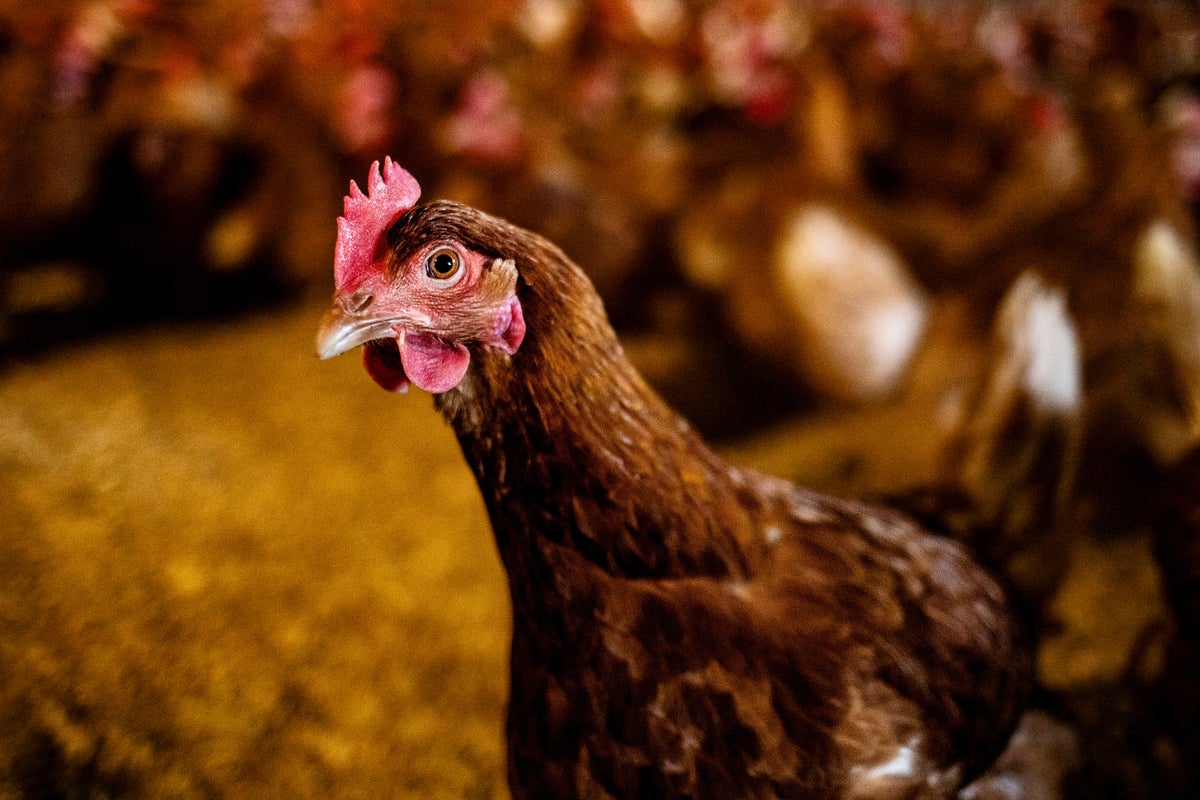After a relatively quiet summer, bird flu—also known as avian influenza—is resurging in the United States, raising concerns among scientists, farmers, and public health officials. While experts anticipated this seasonal return, the evolving nature of the virus and its potential impacts on agriculture and human health remain uncertain. This article explores the current situation, the risks involved, and the steps being taken to manage the virus.
### The Return of Bird Flu in Poultry and Dairy Cattle
Following months of low activity, bird flu cases in U.S. poultry have begun to climb again. The U.S. Department of Agriculture (USDA) reports that in October alone, 50 commercial and backyard poultry flocks tested positive for avian influenza. To control the virus’s spread, farmers typically cull all birds on infected premises, and this month more than three million poultry have already been euthanized. This figure marks a significant increase compared to the summer months of June through August, when fewer than one million birds were culled each month.
Minnesota, a key poultry-producing state, has experienced a particularly severe outbreak. Carol Cardona, a poultry veterinarian at the University of Minnesota, notes that 20 flocks in the state have been confirmed infected since early September, underscoring the severity of this year’s epidemic.
The virus is also persisting in dairy cattle, where it presents a more complex problem. Identified in March 2024, the virus does not typically kill infected cows but does reduce their milk production, creating economic challenges for dairy farmers. Tracking infections in cattle is difficult due to inconsistent reporting and the less obvious symptoms compared to poultry. Keith Poulsen, director of the Wisconsin Veterinary Diagnostic Laboratory, highlights that infections are ongoing in states such as California, Idaho, and Nebraska. However, the lack of a coordinated reporting system leaves experts uncertain about the full extent and risk of the outbreak in cattle.
### Why Bird Flu Becomes More Prevalent in Cooler Months
Scientists expected the resurgence of bird flu as temperatures dropped because the virus thrives better in cooler weather. Rocio Crespo, a poultry veterinarian at North Carolina State University, explains that the virus’s survival improves as the weather cools, leading to more outbreaks in autumn and winter. Additionally, wild birds play a crucial role in spreading the virus. Many migratory bird species carry avian influenza and travel to warmer southern regions during colder months, facilitating the virus’s geographic spread.
Together, these factors contribute to a seasonal cycle of bird flu infections, with the fewest cases typically occurring in the summer and peaks in the colder months from December through March. This pattern has been consistent since the current outbreak began in early 2022.
### Government Response and Challenges Amid a Federal Shutdown
The U.S. government's response to the bird flu outbreak has faced complications due to a federal government shutdown that began on October 1, 2025. Only “mission critical” federal employees continue to work, which has slowed some operations. The USDA’s Animal and Plant Health Inspection Service (APHIS), responsible for tracking avian influenza cases, did not respond to requests for information about how the shutdown has affected its work. Still, updates on poultry, dairy, and wild bird cases continue to appear, indicating ongoing efforts.
Most of the bird flu response in the U.S. operates at the state level rather than through federal coordination. This decentralized approach means that surveillance and control measures continue, but communication between states has weakened due to the cancellation of USDA-facilitated meetings, according to Poulsen. He also expresses concern about understaffing and resource shortages within the USDA, which faces multiple animal disease threats simultaneously, including New World screwworm, foot-and-mouth disease, and African swine fever.
### Potential Human Health Risks: The Threat of a Pandemic
One of the most alarming concerns about bird flu is its potential to cause a human pandemic. Influenza viruses—including avian and seasonal human strains—can exchange genetic material through a process called reassortment. This genetic mixing can create new virus strains capable of infecting humans more easily and spreading rapidly.
The seasonal rise in avian influenza coincides with the start of the human flu season, increasing the chances that a person could be infected with both bird flu and seasonal flu simultaneously. Such co-infections raise the risk of reassortment, potentially producing a novel, dangerous virus. Scientists worry that if a bird flu virus acquires the ability to infect humans efficiently, it

